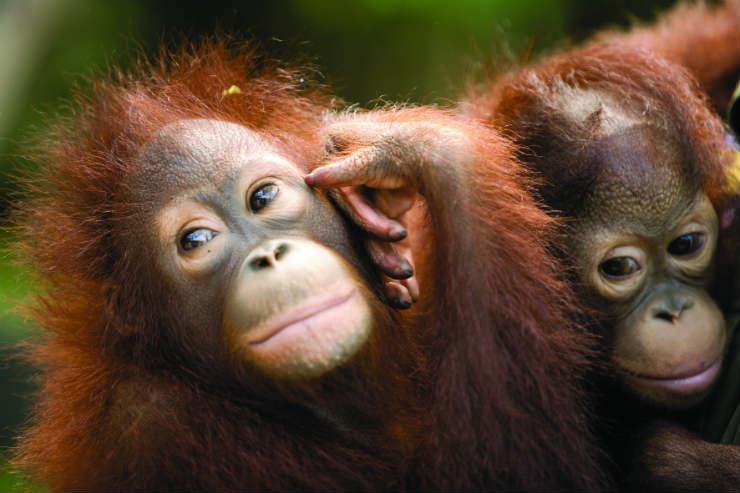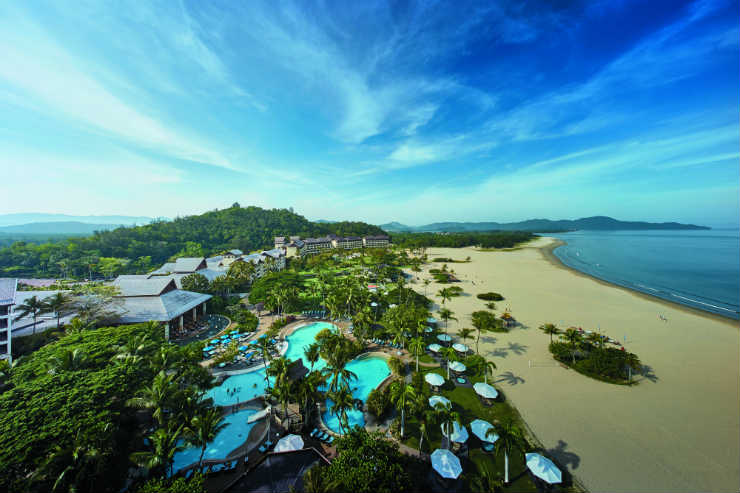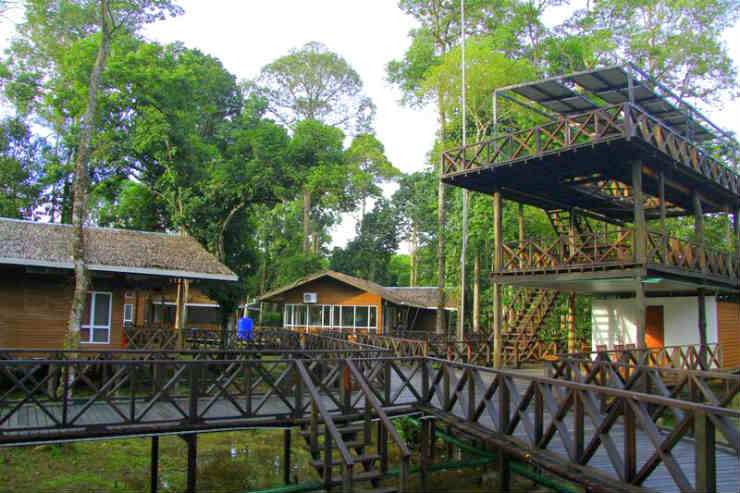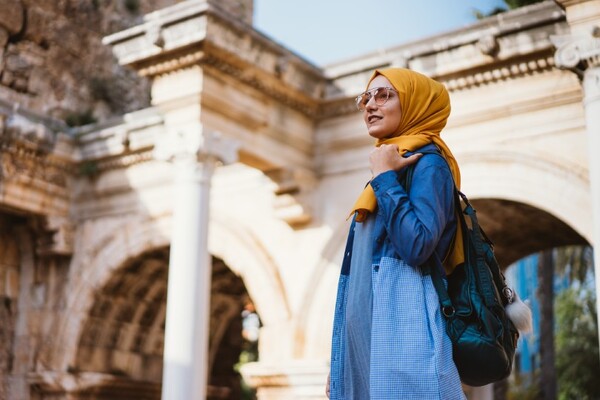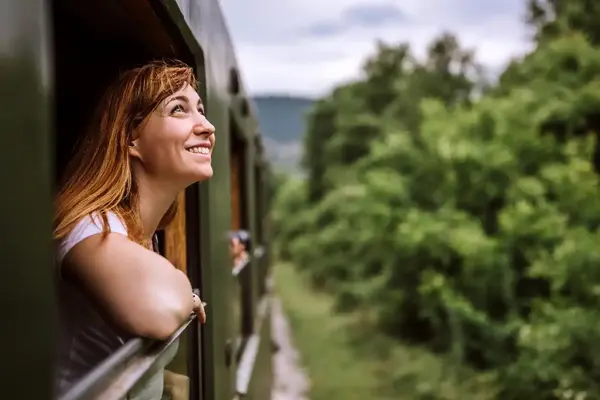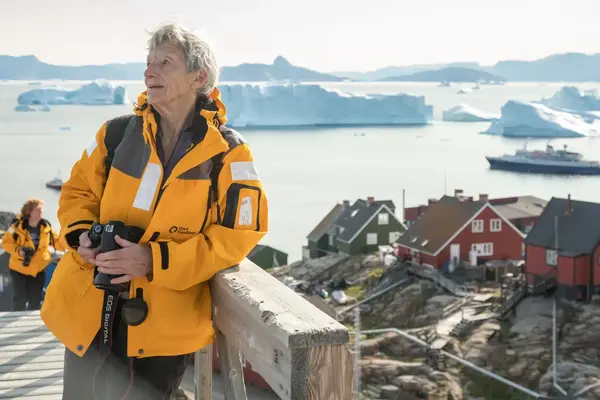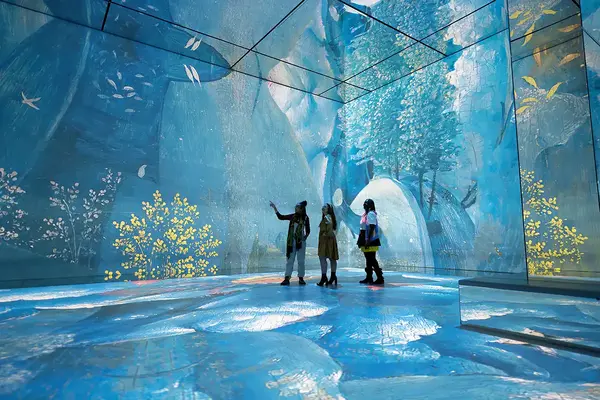Going ape in Borneo: Meeting the nation’s most sought-after wildlife
Borneo is a wildlife lover’s paradise and a visit shows the importance of rainforest conservation. James Litston heads into the jungle to meet orangutans and sun bears.
Orangutans may share 97% of human DNA, but they clearly do not share our stance on acceptable table manners. It’s feeding time here at Sepilok Orangutan Rehabilitation Centre – the sanctuary for orphaned apes in Malaysian Borneo – and the youngsters who’ve dropped by for lunch are behaving like typical pre-teens.
Two five-year-olds roll on the feeding deck, scrapping good naturedly over the tastiest titbits. An older individual sits in the middle of the buffet, idly holding a carrot in his mouth as if it were a cigar. Another grabs a banana and climbs to a branch above the fracas, where he hangs upside down to eat his prize in peace.
Around me, cameras click and selfie sticks are held aloft as the gathered visitors capture the animals’ antics. Feeding times (there are two each day) attract considerable crowds, and it’s obvious why clients hold the attraction in such high esteem. What makes Sepilok so appealing is that this is not a zoo: the animals we’re watching may have been raised in captivity, but they’re free to wander off into the surrounding forest as they please.
All the 200-odd resident apes are orphans rescued from the pet trade or poachers, but the centre gives them a second chance at life in the wild. Just larger than 10,000 acres, this remnant patch of forest is too small for so many orangutans, so Sepilok’s ultimate aim is to release rehabilitated animals to a national park. In the meantime, it’s doing a wonderful job of highlighting the plight of these amazing apes and their rapidly dwindling rainforest home.
Staying the night
As the lunch party draws to a close and the boisterous apes melt back into the forest, it’s time to leave: Sepilok is only open for two hours twice a day, to give the animals a break from their admirers. But whereas most of those departing climb straight onto buses to continue their tours, I’m following a more leisurely agenda.
Having just spent five days relaxing at Shangri La’s beachfront Rasa Ria Resort & Spa (an hour’s flight away across Sabah province), I may be ready to explore the real Borneo but I’m certainly in no rush. So I’ve opted to stay overnight at nearby Sepilok Nature Resort.
With accommodation in cabins scattered along the forest’s edge, the resort is not only charming; it’s also just less than 100 metres from Sepilok’s visitor centre, so it’s easy to pop back next morning. It’s also convenient for checking out the adjacent Bornean Sun Bear Conservation Centre – a rehabilitation facility for orphan sun bears who, like orangutans, are imperilled by deforestation and poaching.
From the centre’s aerial walkway, I watch the bears honing behaviours that will help them survive when they’re released. Better still, I’m able to enjoy the experience almost entirely on my own; it’s feeding time for Sepilok’s orangutans, so everyone else is across the road. For clients, beating the crowds is another advantage of spending a night here.
Animal sanctuary
Wildlife is not the only draw in this part of Borneo. My tour will end with a day discovering nearby Sandakan, a coastal town with Buddhist monasteries, water villages and intriguing but tragic Second World War history.
But wildlife is Borneo’s trump card – and Kinabatangan Wildlife Sanctuary, my next stop, offers some of the best animal-spotting in all of south-east Asia.
Its fragmented but interconnected forest patches cover 26,000 hectares along the Kinabatangan river. Its importance as a wildlife habitat is put into perspective on the two-hour drive from Sepilok: the road passes through endless palm oil plantations, all of which would have been rainforest until it was felled in the 1970s.
What remains at Kinabatangan is comparatively tiny, but it harbours animal icons including elephants, orangutans and 10 other primate species – and because the fringe of forest along the riverbank is relatively thin, wildlife sightings are more or less guaranteed. Safaris along the waterways offer the greatest success rate, so after checking into my room (one of 12 wooden chalets in a jungle clearing) at Borneo Nature Lodge, I’m whisked away along the river for the first of several excursions.
As our boat steers into a tributary, we scan the vegetation for signs of life. We soon spot a monitor lizard basking on a branch, and an owl gazing quizzically down from a tree.
Next up comes a family of silver langur monkeys; then their distant cousins, long-tailed macaques, put in an appearance. The highlight, though, is a large troupe of proboscis monkeys (endemic to Borneo) who, in spite of their pot bellies and oversized noses, possess undeniable charm.
Over the next two days, I spot crocodiles on a night safari, visit giant caves filled with birds’ nests and bats, and take a hike through the jungle – where hungry leeches make me thankful I’m mostly travelling by boat! But it’s not until my final safari that I catch up with orangutans again. Positioning the boat beneath a riverside banyan tree, the driver points out a fully grown female calmly watching us as she feasts on ripe fruits. Then the boat erupts in a chorus of “aaahs”: there’s a baby hanging from her back on spindly-looking arms.
Having met Sepilok’s orphans and seen the extent of deforestation, it’s magical to see orangutans in the wild, though I can’t help feeling a tinge of despair, knowing they’re facing extinction. But that’s where tourism can play a positive role.
Every traveller that comes here shows that the forest and its wildlife have genuine value, so you should feel confident suggesting this experience to wildlife-loving clients, be they first-time or repeat visitors.
It’ll likely be the highlight of their Borneo adventure – just as it turns out to be mine.
Book it: Hayes and Jarvis’ two-day Nature of Borneo tour costs from £499pp. A package combining this with a week at Shangri La’s Rasa Ria Resort costs from £1,599pp in October, including B&B accommodation, flights and transfers.

